The late Dr. Nancy Esterly, a world renowned pediatric dermatologist, was instrumental in creating the National Foundation for Ectodermal Dyspalsias’ (NFED) first dermatology resources in the 1980s and 1990s. When she was ready to step back from the NFED’s Scientific Advisory Council (SAC), she recruited a colleague from St. Louis, Missouri to take her place.
She chose well. Her successor would continue where she left off and expand the Foundation’s understanding of the dermatological aspects of the ectodermal dysplasias.
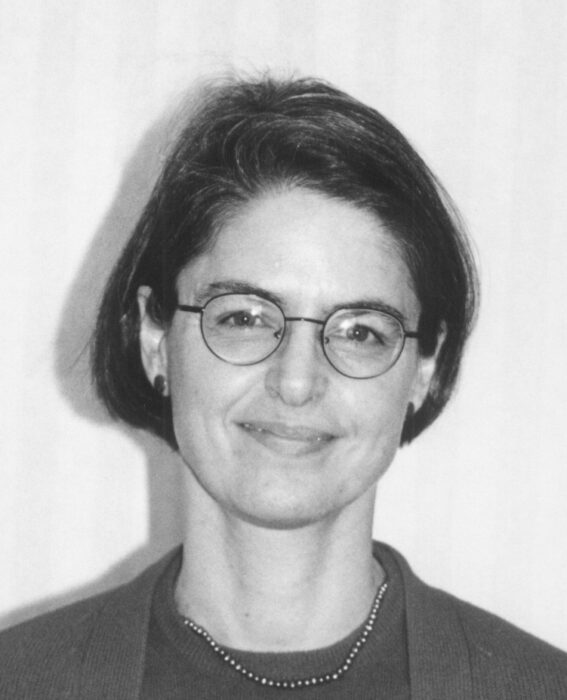
Elaine C. Siegfried, M.D. has spent the last 26 years volunteering on the SAC. She’s a Professor of Pediatrics and Dermatology at Saint Louis University (SLU) School of Medicine. So why did Dr. Siegfried say yes?
“I’ve always been somebody who wants to help,” she said. “I’m probably one of those people who says yes to more than my capacity allows, and it’s taken me all these years to realize that you can’t say yes to everything because you don’t want to not follow through.”
And help, she has.
Leading Research
In 2000, the NFED granted her research funds to study, “Hair and Sweat Glands in Families with Hypohidrotic Ectodermal Dysplasia (HED).” Conducting that research at the 2001 Family Conference in Collinsville, Illinois is one of her fondest NFED memories. That was the year that air conditioning was not working correctly in the hotel, the temperature outside was soaring and the Conference had to end a day early for families’ safety.
“I’ve never seen so many kids at a swimming pool as at that place,” Dr. Siegfried said. “That was amazing! That was the year that we did scalp and hand biopsies. So not only was it really hot, but we were trying to do these procedures that we had designed to be able to do in a hotel. We had to put sutures in and we had to teach them how to take out their own sutures. People were so wonderful about participating. That was way before we had gene testing. We were just trying to find a simple way to establish a diagnosis without a gene test.”
That year, Dr. Siegfried brought several of her medical residents with her to introduce them to the Family Conference, and take the opportunity to develop an approach to confirming the diagnosis of HED way before gene testing was readily available and affordable.
“With the support of the NFED, we conducted a study that included scalp and hand biopsies, to identify a simple way to establish a diagnosis of HED,” Dr. Siegfried said. “Not only was it really hot that year, but we were doing procedures without air conditioning, using techniques we had designed to be accomplished in a hotel setting, rather than our clinic. We used slip knots to secure the stitches, which required teaching volunteers to take them out at home. Despite the difficulties, people were so willing to participate.”
“Having that research opportunity was amazing, and directly attributable to one of many unique aspects of the NFED. Other organizations would never consider supporting advancement and understanding through research at a Family Conference because of unjustified concerns about how it would be received. Since then, the Family Conference has been a nidus for learning so much more about concerns important to people with ectodermal dysplasias, including groundbreaking wound healing research.”
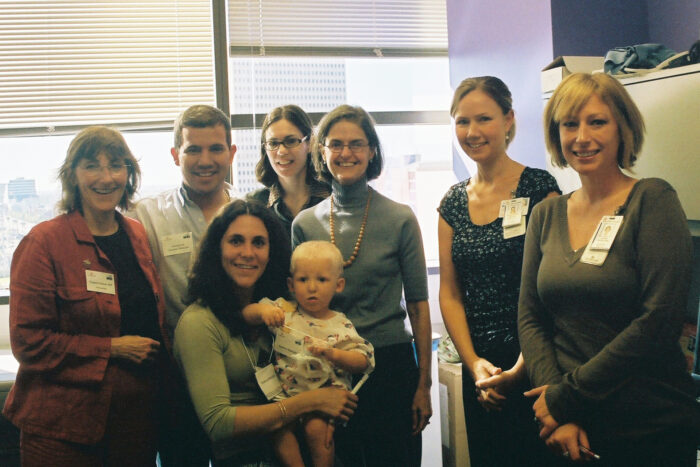
Dr. Siegfried was instrumental in helping the NFED begin its wound healing research in 2003. She co-chaired the NFED’s Skin Erosion Workshop which brought together individuals affected by ankyloblepharon-ectodermal defects-cleft lip and/or palate (AEC) syndrome and international researchers. This work and the follow-up research conference in 2006 increased our understanding of AEC and established a protocol for treating the devastating and life-threatening skin erosions that people with AEC experience.
A Woman of Many Talents
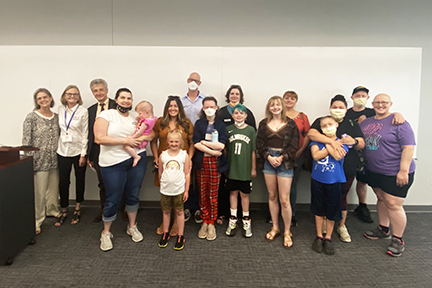
Besides leading research, Dr. Siegfried has hosted ectodermal dysplasias families at academic Grand Rounds (formal meetings when doctors discuss the clinical case of several patients with the condition to medical residents and other colleagues), educated professionals, written NFED articles, authored books and medical journal articles about the conditions, and regularly attends Family Conference to educate and meet with families.
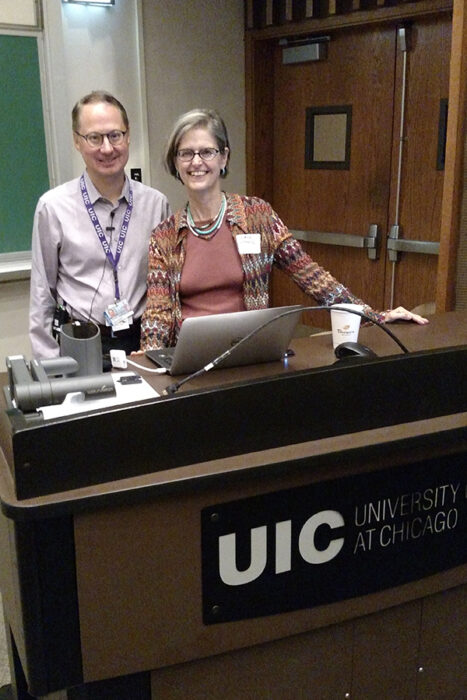
Elaine says that one of the best things the NFED does is bring together the doctors and dentists who want to help and the individuals who have ectodermal dysplasias. Working together, they have helped the NFED increase our knowledge about the conditions.
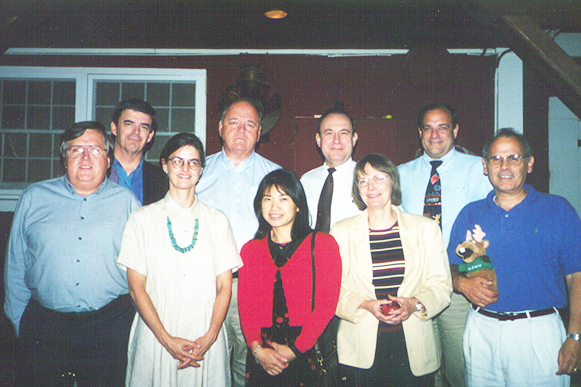
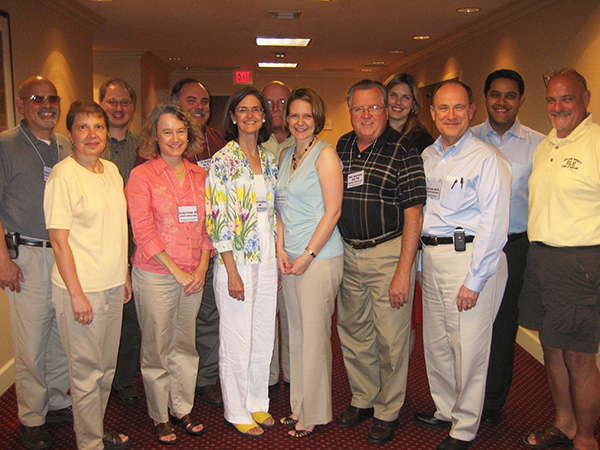
I try to help Family Conference attendees appreciate the many ways that the NFED supports them. I’ve been involved with other patient organizations over the years, but the NFED is a model of the little engine that could.
“In my heart of hearts, I really attribute that to (NFED Founder) Mary Kaye Richter. She was just a blessed person, and she always used to say that the Lord helped her do that. But whether it was her, her vision, or the corporate culture that became the NFED based on her leadership, it’s way different than some other patient support organizations.”
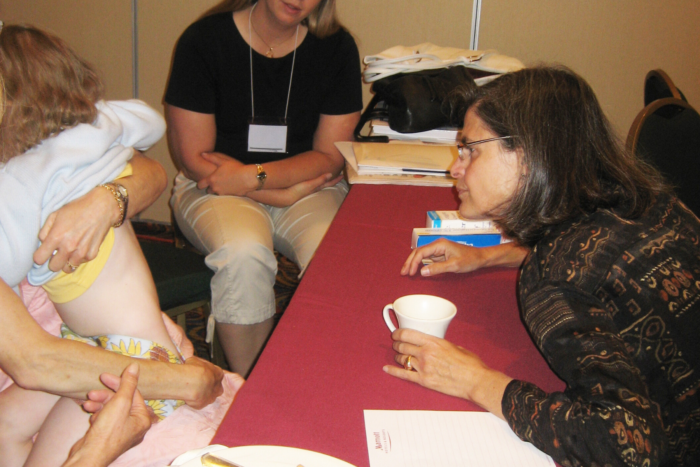
Mentoring the Next Generation
Dr. Siegfried looks for ways to introduce trainees to ectodermal dysplasias and to the NFED. Pediatrics is the smallest dermatology subspecialty with many more dermatologists focusing on surgery, pathology or cosmetics. But, she has been able to recruit several trainees to research and author educational articles that the Foundation has needed. She mentors them and edits their work.
“These students have enthusiasm to help, so giving them an opportunity to see what an organization like this can do is a win-win. Because information about the ectodermal dysplasias has become so much more robust over the years, it’s even more important to have access to clinicians who understand that.”
According to Dr. Siegfried, the ectodermal dysplasias are so rare that they may not be included in medical education. So having an opportunity to see affected individuals in clinic and at Family Conference and learn about their challenges, and how to formulate effective treatments, will help support access to informed medical care.
“One of the best ways that I can continue to help is to identify and train junior colleagues who are like-minded and want to help. Recruiting them and teaching them is something I’m pretty good at.”
Why She’s Still Helping
Being at an academic institution, Dr. Siegfried sees patients in the clinic, conducts research, publishes her findings, and trains physicians, nurses and non-physician providers to do pediatric dermatology. She is a Fellow of the American Academy of Dermatology and a member of the Society for Pediatric Dermatology, serving on multiple committees and task forces in both organizations. She has also served as a member and President of the Board of Directors of the American Board of Dermatology.
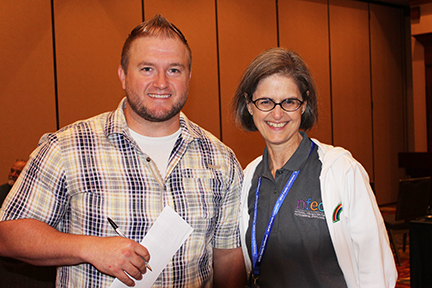
Given her enormous job responsibilities, why is she still taking the time to volunteer for the NFED after two decades?
“I wish I could help more,” Dr. Siegfried said. “I have such respect for the NFED. Look at how much the organization has accomplished. Most recently, the groundbreaking EspeRare clinical trial, an attempt to prevent some of the x-linked hypohidrotic ectodermal dysplasia (XLHED) problems. Serving on the data safety monitoring board for that ambitious and unprecedented study has been very rewarding, the culmination a quarter century of working with the NFED. This kind of innovative research would be impossible without the NFED.”
A Dedicated Physician
NFED Executive Director Mary Fete has worked closely with Dr. Siegfried throughout her tenure. She holds enormous respect and gratitude for her.
“All of us at the NFED are incredibly thankful to have Elaine on our SAC,” Fete said. “She’s donated hundreds and hundreds of hours through the years to help our families and the Foundation. She’s smart, committed and truly cares about families. It’s extraordinary to have a physician dedicate 26 years and counting to the ectodermal dysplasias community. We are so lucky to have her.”
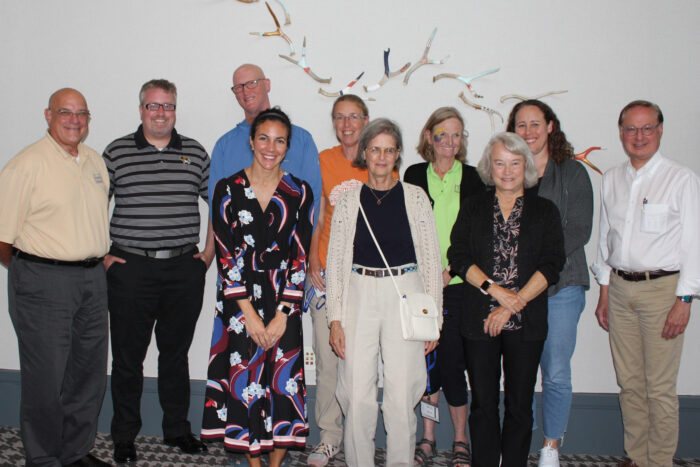
As Dr. Siegfried reflected on her time with the Foundation, she said she feels honored to be a part of the organization.
“That’s another unique aspect of the NFED,” Dr. Siegfried said. “Other organizations have finite terms for SAC members. There are advantages to making room for new people by retiring the old. Sometimes people who have been involved with an organization for a long time become less enthusiastic about helping, so fresh blood can be energizing. But there’s also something to be said for make new friends but keeping the old ones.”
Elaine says she’s at the point in her career that she needs to begin thinking about who can take her place on the SAC someday. But, for now, she’s grateful to be a part of the NFED family.
“It’s been quite a journey! Every year, I think, gosh, so many advancements. NFED is the little engine that could. Mary (Fete) is so awesome. I think Mary Kaye was right, the good Lord must be guiding all of this.”
